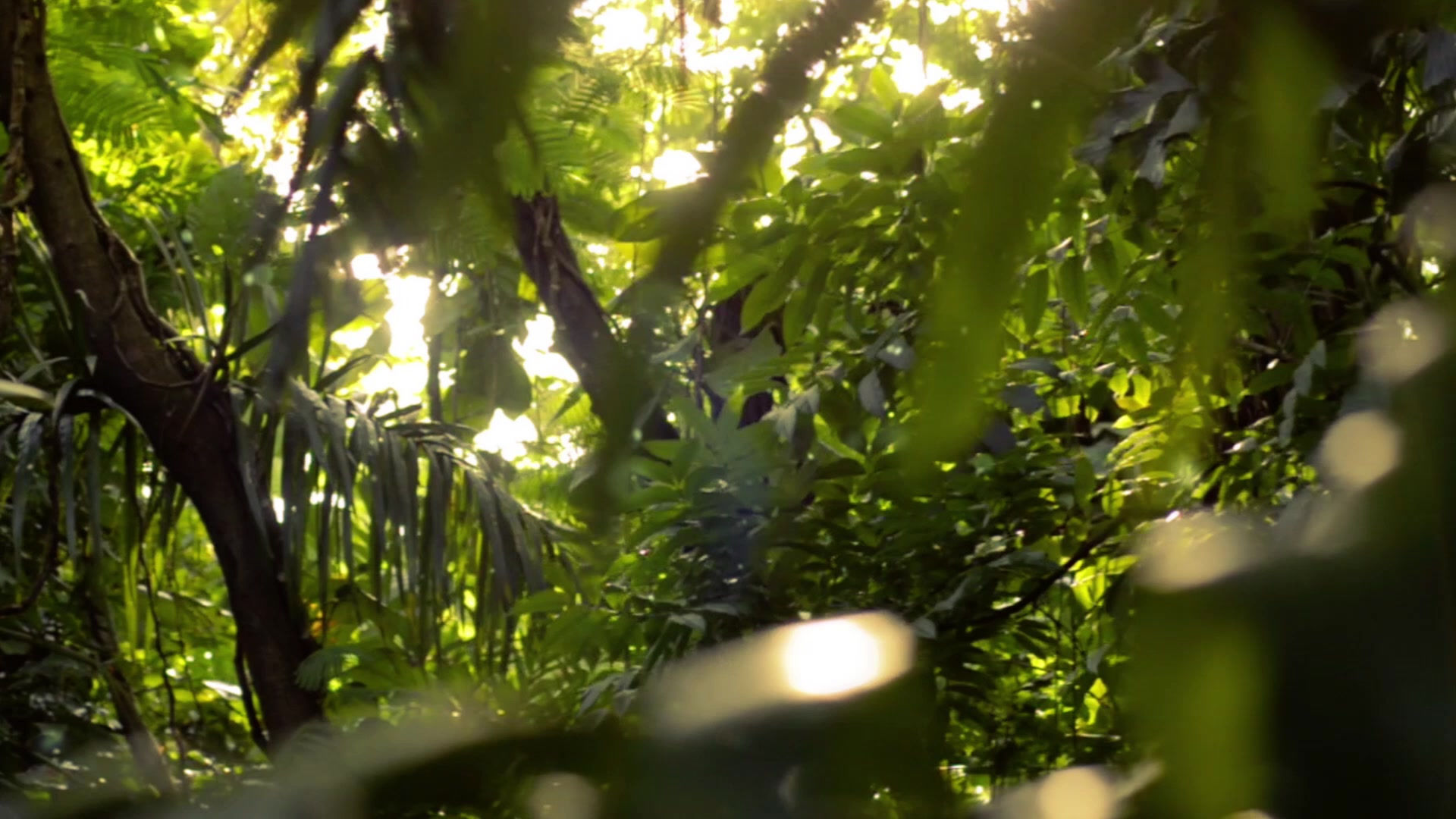10 Benefits of Permaculture and 12 Principles.
- Deborah Punton

- Aug 23, 2023
- 4 min read
Updated: Feb 19, 2024
Permaculture, a term coined by Bill Mollison and David Holmgren in the 1970s, it is an approach which blends "permanent agriculture" and "culture." It is a holistic design system that harmonizes human activities with natural patterns, aiming to create sustainable and regenerative systems for food, shelter, and community.
10 Benefits of Permaculture:
Sustainability: Creates self-sustaining ecosystems, reducing reliance on external inputs.
Biodiversity: Enhances biodiversity for ecosystem health and resilience.
Resource Efficiency: Maximizes resource use while minimizing waste.
Soil Regeneration: Improves soil fertility and structure through natural methods.
Water Conservation: Efficiently manages and conserves water through design.
Food Security: Provides diverse, local, and abundant food sources.
Community Building: Fosters cooperation, sharing, and local connections.
Climate Resilience: Adapts to changing climate conditions and extreme weather events.
Reduced Environmental Impact: Minimizes pollution and habitat destruction.
Cultural Revival: Revives traditional knowledge and indigenous practices.

The following 12 principles of permaculture were developed by David Holmgren.
The principles guide permaculture garden design and implementation, helping create sustainable and harmonious systems that work with nature. The ecosystems we consider also includes the wider human community.
1. Observe and Interact:
Careful observation of natural systems helps inform effective design. Observe the local area and elements, human behaviour and encourge varied perspectives from local people before interacting with the natural world.
Garden example: Taking time observing how sunlight moves across your garden space throughout the year, guides where you may plant sun-loving or shade plants.
2. Catch and Store Energy:
Efficiently capture, use and store energy resources such as water, sunlight, and wind with
rainwater harvesting, solar, wind and passive solar building and garden designs.
Garden example: Decentralise food with community gardens and localised energy production to boost resilience.
3. Obtain a Yield:
Design systems that provide abundant outputs for human and environmental needs. Consider local wildlife and the broader reach of your patch of ground.
Garden example: Consider several benefits each plant provides, such as a garden with fruit trees may offer food, shade your house, provide habitat, and be aesthetically pleasing. Excess can be shared with other people and wildlife.
4. Apply Self-Regulation and Accept Feedback:
Foster a culture where local residents come together to discuss how they can take responsibility for their environmental impact and encourage good ecological practices within community. Within personal life, community and your garden, maintain balance by responding to feedback and adjust accordingly.
Garden example: Adjusting planting patterns based on weather, pest and plant health observations.
5. Use and Value Renewable Resources and Services:
Reuse first and prioritize renewable resources and the ecosystem's natural functions. Apply permaculture principles and design strategies to develop resilient ecosystems based on renewable resources.
Garden example: Using compost and mulch to improve soil fertility, structure and water retention capacity.
6. Produce No Waste:
Focus on waste reduction, resource efficiency strategies and incentives that extend the lifespans of materials. Create closed-loop systems.
Garden example: Composting kitchen scraps and garden trimmings to enrich soil.
7. Design from Patterns to Details:
Incorporate biomimicry to create solutions adapted to local ecosystems. Start with broader patterns and gradually refine details.
Garden example: Designing garden beds based on sun exposure, shade and rain shadows and wind patterns.
8. Integrate Rather than Segregate:
Create interconnected relationships to optimize efficiency and resilience.
Garden example: Planting nitrogen-fixing cover crops to enrich the soil and support adjacent plants.
9. Use Small and Slow Solutions:
Implement gradual changes and smaller interventions for better success that are tailored to your locality. Replicated what works well.
Garden example: Gradually building up soil fertility over time through cover cropping.
10. Use and Value Diversity:
Promote integration and connectivity within the local community. Embrace diversity in people, plants, animals, and elements for a more resilient system.
Garden example: Mixing various crops to discourage pests and enhance pollination.
11. Use Edges and Value the Marginal:
Utilize the edges where different ecosystems meet, as they are often the most productive.
Garden example: Growing a diverse range of plants in the transition zones between shade and sun.
12. Creatively Use and Respond to Change:
Anticipate and adapt to change as an opportunity for growth. Cultivate a mindset of resilience and adaptability, recognizing the inevitability of change. Encourage flexibility, creativity, and innovation in response to shifting environmental and socio-economic challenges, emphasizing the community's collective ability to thrive in adversity.
Garden example: Adjusting crop selection based on shifting weather patterns and changing seasons.
Permaculture operates with overarching values:
Earth Care: Provision for all life systems to flourish.
People Care: Provision for people to access all resources necessary to flourish.
Fair Share: Taking what is needed, sharing and designing to mimic nature where surplus is returned to natural system cycles.
Permaculture is grounded in nature's innate wisdom and patterns, and creates resilient, productive gardens, communities and life-styles. Principles assists us to direct ecological practices for efficient resource use, waste minimization, biodiversity, and harmony within ecosystems. Permaculture is also about lifestyle choices, and aligning human behaviour with ecological practices. This approach promotes sustainable land management and efficient resource utilization, builds community resilience and adaptability, and cultivates a holistic symbiotic relationship between humans and our environment. This is where Ecopsychology can come in to play...






Comments